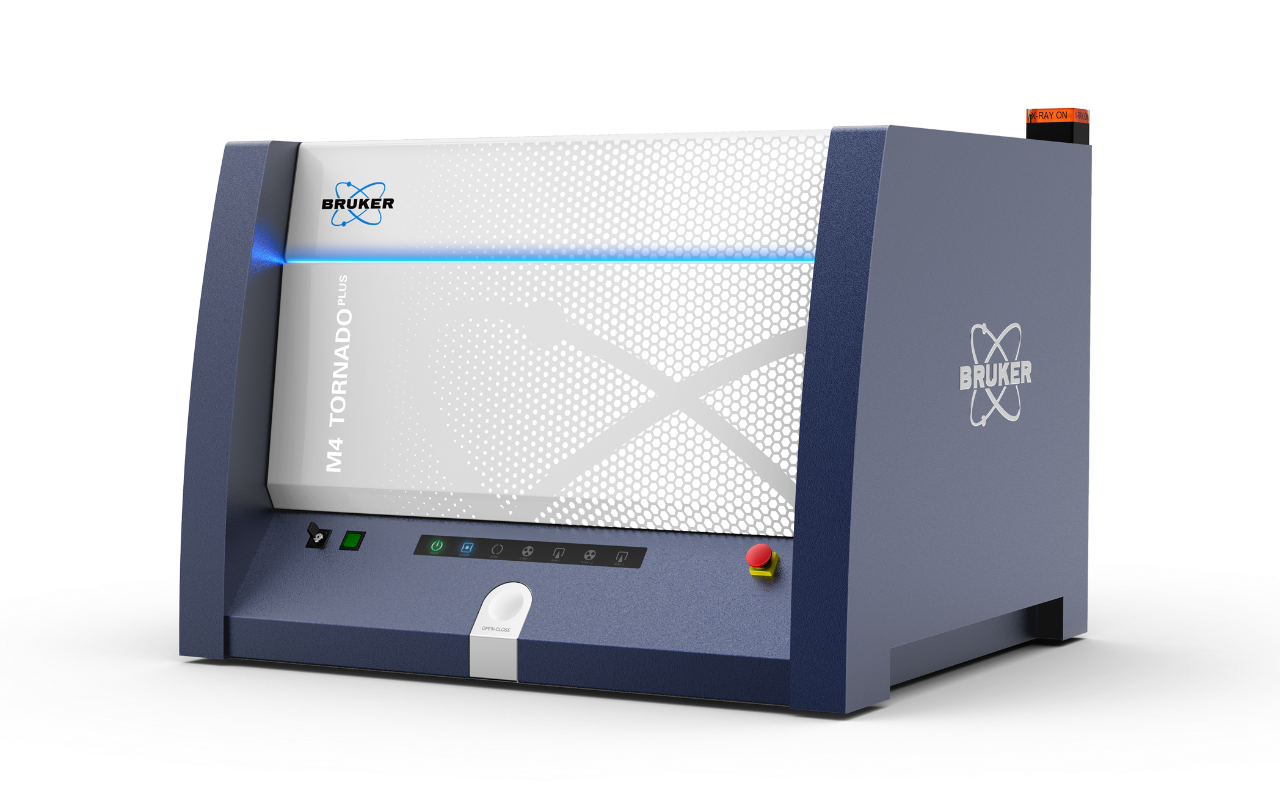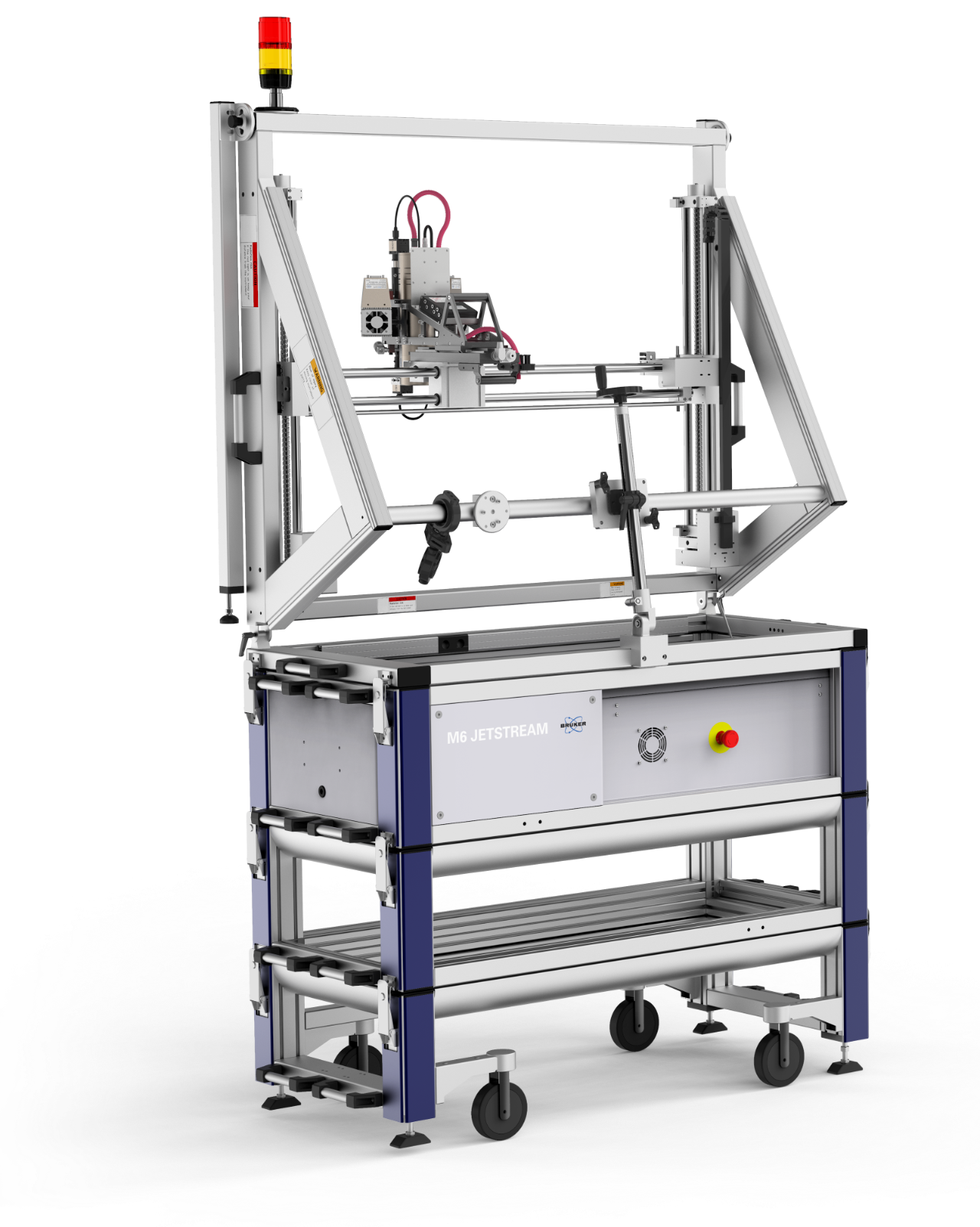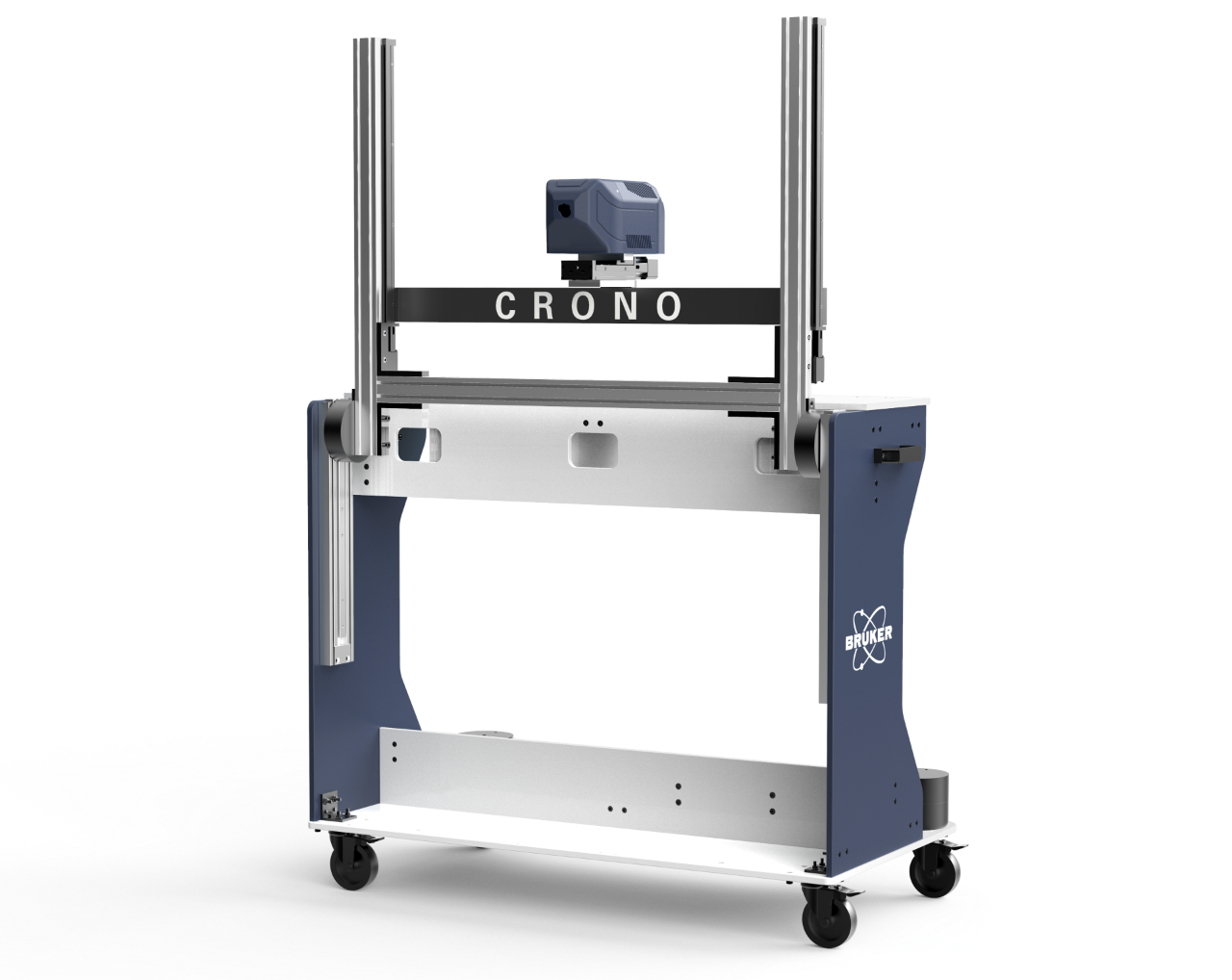

New Horizons of micro-XRF in Art and Conservation
The Art and Conservation Webinar Series - Part I
Scanning micro-XRF (also commonly called MA-XRF or Macro-XRF due to the large-area measurement capability) has become one of the most prominent investigation techniques in the field of Art & Conservation. Providing chemical visualization of the elements in the object, micro-XRF mapping has facilitated new directions in the multidisciplinary evaluation of complex samples such as paintings. The development by Bruker of the M6 JETSTREAM, in partnership with the TU Delft, has provided spatially resolved X-ray fluorescence (XRF) analysis of large-scale objects with capabilities that are unmatched in any commercially available instrument. However, despite the advances in micro-XRF instrumentation and analysis in recent years, the original instrument capabilities have shown limitations: in their application to objects with topographic relief (e.g., curved surfaces of paintings, sculptures, figurines); the long scan times required to achieve high accumulated counts over large areas; and where the standard X-ray tube configurations lead to unfavorable X-ray line overlaps, and analysis environment may lead to damage to sensitive objects (e.g., vacuum).
In this webinar, we will present the latest advances in micro-XRF technology developed by Bruker that address these limitations, and how they are improving the ability of those in Art & Conservation to interrogate cultural heritage objects. These advances include the development of the Aperture Management System (AMS), a Bruker patented option originally available for the M4 TORNADO PLUS and now also available for the M6 JETSTREAM. The Bruker AMS reduce beams divergence, therefore increasing the effective depth of field (or focus) during measurement, allowing objects with topographic relief of several centimeters to be measured at high spatial resolution.
A second development is the introduction of a double-detector version of the M6 JETSTREAM that allows higher accumulated count intensities and so reduced scanning times. The new double-detector system has been successfully deployed on site for the “Operation Nightwatch” campaign of the Rijksmuseum in Amsterdam, increasing the data statistic and reducing the sample measurement time for this very large painting. Additional development has resulted in a system capable of processing and transmitting more than half a million counts per second while retaining high spectroscopic resolution, improving statistics by up to a factor of four over earlier instruments and without increasing radiation dose on the sample.
Lastly, the webinar will introduce development work ongoing that adds new capabilities to Bruker’s micro-XRF scanning products. Particular attention is being paid to the analysis of faded historic photographic images for the purposes of documentation and preservation. X-ray line overlaps (e.g., Rh-Kα and Ar-Kα on low levels of Ag-Lα) make analysis difficult using standard instrument configurations. Further, analysis under vacuum to remove the Ar overlap can lead to damage to sensitive photographs. New configurations of the M4 TORNADO are testing different types of anodes, multiple measurement conditions, and different atmosphere settings, with promising results.
If you are interested to know more about these applications and discuss their future, we invite you to join our webinar.
Who should attend?
- Micro-XRF users in art, conservation, and archeology
- Users of M4 TORNADO and M6 JETSTREAM software interested in advanced data evaluation options
- Collection manager and conservators working with photographic materials
Speakers
Dr. Roald Tagle
Global Manager Application Science, Bruker AXS
Falk Reinhardt
Senior Application Scientist micro-XRF, Bruker AXS
Watch this Webinar On-Demand
Please enter your details below to gain on-demand access to this webinar.


